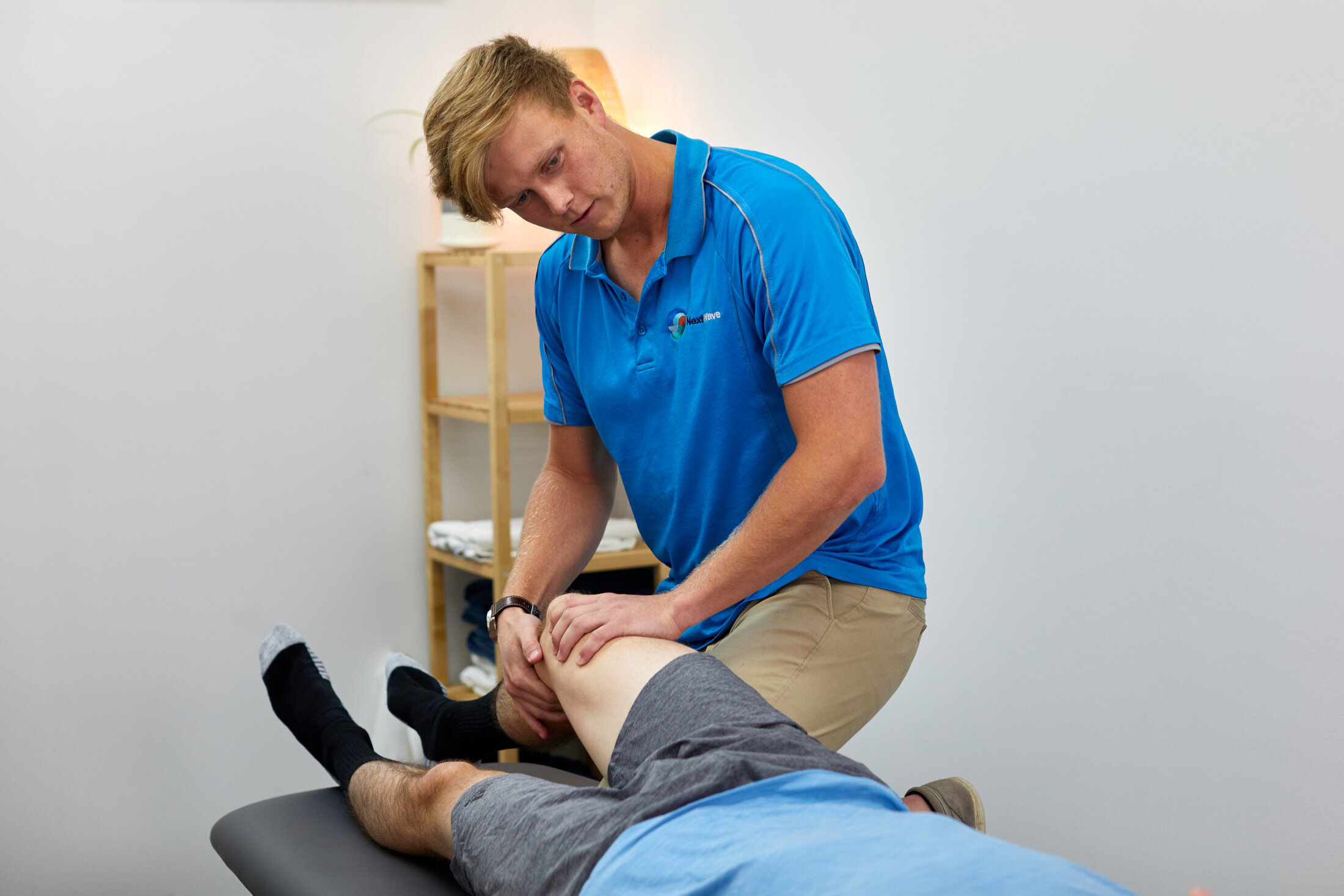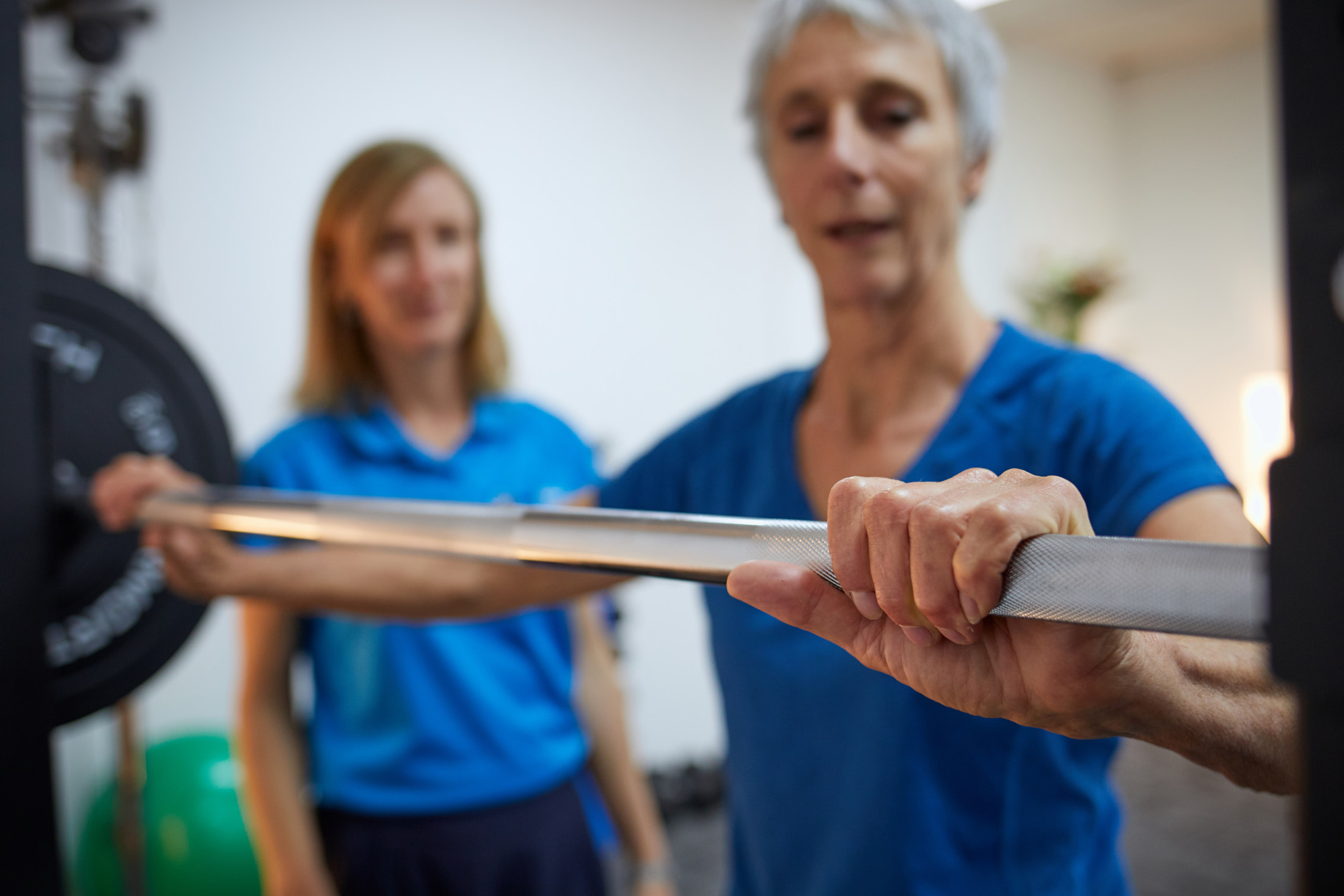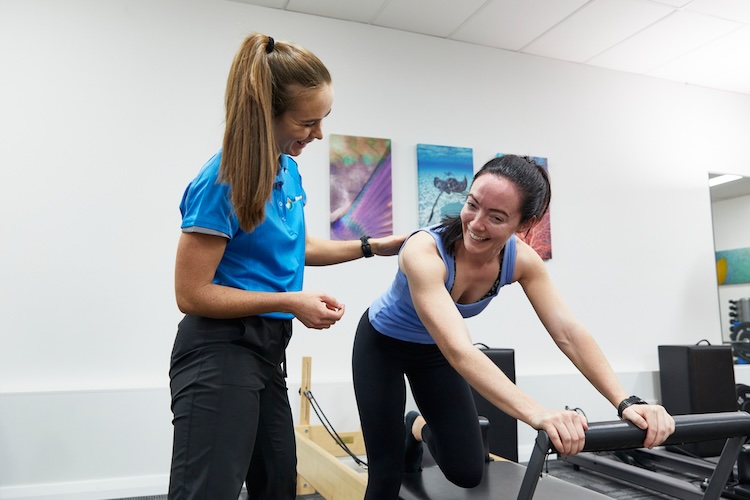Steps to Follow at Home After Muscle Injury
Over the years there have been multiple approaches and schools of thought followed when concerning the immediate treatment and management of soft tissue (muscle) injuries. The treatment approach you take immediately after sustaining a soft tissue injury, will have an impact on the quality of healing you experience after an injury.
Recently, in 2020, guidelines were published in the British Journal of Sports Medicine known as PEACE & LOVE. These recommendations look at current best evidence to give you advice with how to deal with injuries both immediately post injury, as well as how to progress to begin your rehabilitation journey.
The first acronym PEACE refers to how to deal with injuries in the immediate time frame after injury. Where the second acronym LOVE picks up a few days after the injury where pain and inflammation have begun to settle.
PEACE
P – Protection
For the first 1-3 days post injury we want to protect the injury site. This means minimising movement and resting up. We do not want more movement to occur which will promote more blood flow into the area. Movement may also cause tension on injured muscle fibres which could aggravate the injury. However, resting for too long comes with its own adverse effects, so we want this period of resting to be as short as possible. Generally, pain levels guide how long we continue protection.
E – Elevate
Elevate the injured limb above your heart, this is to help drain fluid from the injury site.
A – Avoid anti-inflammatory modalities
Inflammation is actually a good thing for injuries. It is a multi-stage process which attracts cells that promote tissue healing. By stopping inflammation early using anti-inflammatory medication, we may cause long-term detriments to tissue healing. This includes the use of ice of injuries. Despite its common usage on the sporting field ice may also reduce inflammation which can cause issues with tissue healing.
C – Compression
Applying external pressure to the injury site in the form of bandaging or taping helps to reduce constant bleeding at the injury site.
E – Education
This one will be different for each person. This guideline comments on the need for a proper assessment to assess the severity of your injury. After this assessment proper advice can be given specific to your condition. This is to assure that people do not receive unnecessary treatments which can form into a poor cycle of recovery.
and LOVE
L – Load
Performing appropriate exercises after injury are especially important for good tissue healing. Muscles repair and remodel themselves based on the stimulus they receive. If you sit on a sofa whilst they repair, then they will be very good at sitting on a sofa. If you work your muscles and get them activating early on, then they will be good at working… simple. This is of course a little bit of a balancing act as care must be taken to ensure that the injury does not flare-up as a result of exercise.
O – Optimism
Optimistic patients have better outcomes. There is a clear link between depression, fear and Catastrophisation with poorer recovery outcomes. As weird as it sounds believing that you will be able to get better will actually help you get better.
V – Vascularisation
This just means get the heart pumping. Once pain has settled down, we want an increase in blood flow to injured areas. This is because blood is the delivery system of the body, bringing all the nutrients and energy muscles need to repair and get stronger. The trick with this is to avoid any exercise that bring on pain.
E – Exercise
This point talks on progressing exercise from early-stage activation into middle and later stage rehabilitation exercise. This can include mobility, strength, or control exercises. The moral of the story is… keep exercising and find ways to progress.
Following these principles will give you the best chance at optimally recovery after a soft tissue injury. These principles should always be followed and guided by an experienced physiotherapist. Get in touch with us if you want to learn more or to book in with one of our highly skilled physiotherapists.
Written by Zac Betts
Copyright © Next Wave Therapy
Physiotherapist Zac Betts is a sports master’s candidate at Curtin University. He has competed at a high grade in his own sport for many years and is currently the physiotherapist for the state men’s hockey team the Thundersticks.
References:
Dubios, B., & Esculier, J-F. (2020). Soft tissue injuries simply need PEACE and LOVE. Br J Sports Med, 54(2) 72-73. doi:10.1136/bjsports-2019-101253







